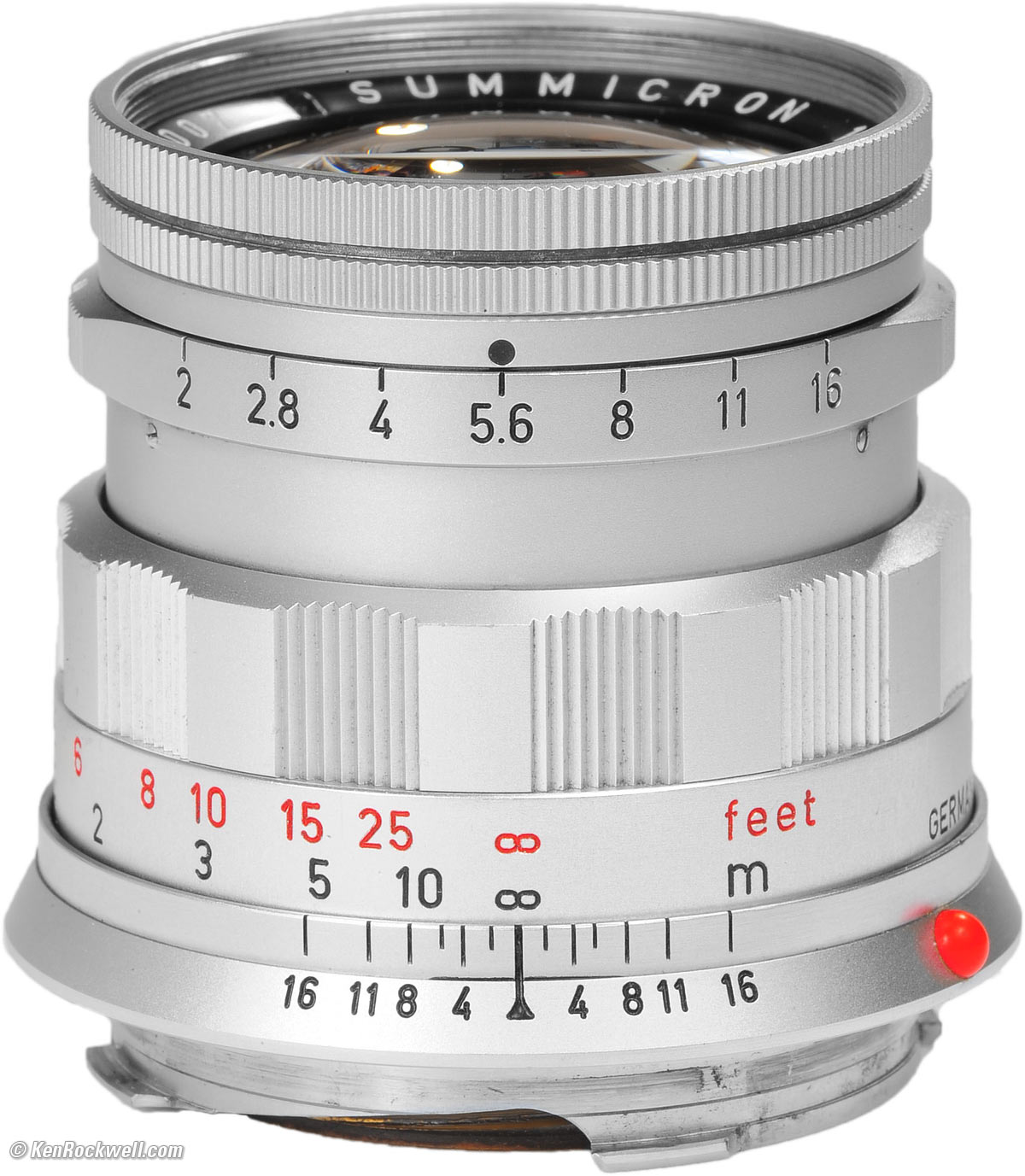

But the V3 is considered inferior to all other Summicrons in this specific department. Sure, the V3 might not stack up when compared to its siblings, but when compared to every other fifty in the world it proves to be one of the best in the category.Īmong other things, Summicrons are renowned for their outstanding sharpness and resolving power. But after shooting it for a little over a month, I have to say that most of these criticisms are wildly overblown.

And one doesn’t just screw with tradition when it comes to Leica.Īs a result, the Summicron V3 has been treated as the runt of the Summicron litter. But in doing this, Leica committed the cardinal sin for many die-hard Leicaphiles – they screwed with tradition. Changed from the original 7/6 formula to a simpler 6/5 formula, the new lens produced greater contrast and featured a shorter focusing distance of 28” (0.7m), improvements by any standard. In their flailing, the brand made an unthinkable move that still angers some Leica geeks to this day – they changed the optical formula of their most sacred lens, the Summicron. The Leicaflex cameras never offered anything significantly different from other SLRs and the too-radical-for-Leicaphiles M5 flopped hard, leaving the once-legendary manufacturer in dire straits. Though Leica tried to stay relevant by developing their Leicaflex SLR and updating their flagship rangefinder system, both pursuits eventually ended in almost complete disaster. The brand quickly found themselves playing catch-up to more forward-thinking Japanese manufacturers. It was simple rangefinders were out and SLRs were in, which spelled certain doom for rangefinder-centric Leica. The previous decade stripped Leica of the unofficial “Best Camera Manufacturer” title and gave it instead to Nikon. The Summicron V3 was manufactured from 1969-1979, a time Leica would probably like to either redo or forget entirely. But to really understand why the V3 comes with such a bad reputation, we should look at the history of Leica itself. The Summicron I’m stuck with today is the Summicron V3, famous in Leica fandom for being the black sheep of the ‘cron family and, to some, the lens that let the family down. While we’re not here to delve into that debate it’s important to know which Summicron we’re talking about, if only to cover our asses. There’s the original collapsible Summicron, the rigid Summicron, the Dual-Range Summicron, the Summicron V3, the Summicron-M, the Summicron V5, and the current absurdly-priced APO-Summicron-M f/2 ASPH, all of which have their own set of fans and critics. The Summicron evolved throughout its history, and although some of these differences are incredibly minute, debate rages on about which ‘cron is the best ‘cron. When you hear the name “Summicron”, you immediately know that you’ll be dealing with the don of the 50mm family.īut as with all things Leica-related, it’s not that simple. With the Summicron, Leica set the standard for how a 50mm lens should look and behave, a standard that holds to this day. Forget the speedy and expensive Summilux and Noctilux the Summicron is the lens that earned Leica glass its place at the very top. The Leica Summicron 50mm f/2 is Leica’s most famous lens.

In any case, I’ve been suckered into the risky business of writing about a Leica product once again, so let’s get on with it. Either the universe has a wonderful sense of irony, or James has a cruel sense of humor. Considering my aversion to Leica, it’s only fitting that James would ask me to talk about that company’s most storied lens, the Summicron 50mm f/2. I generally prefer Japanese manufacturers and often champion their products’ value over their pricier, hyper-mythologized German counterparts. Longtime readers of the site will know that I’m far from a Leica fanboy.


 0 kommentar(er)
0 kommentar(er)
